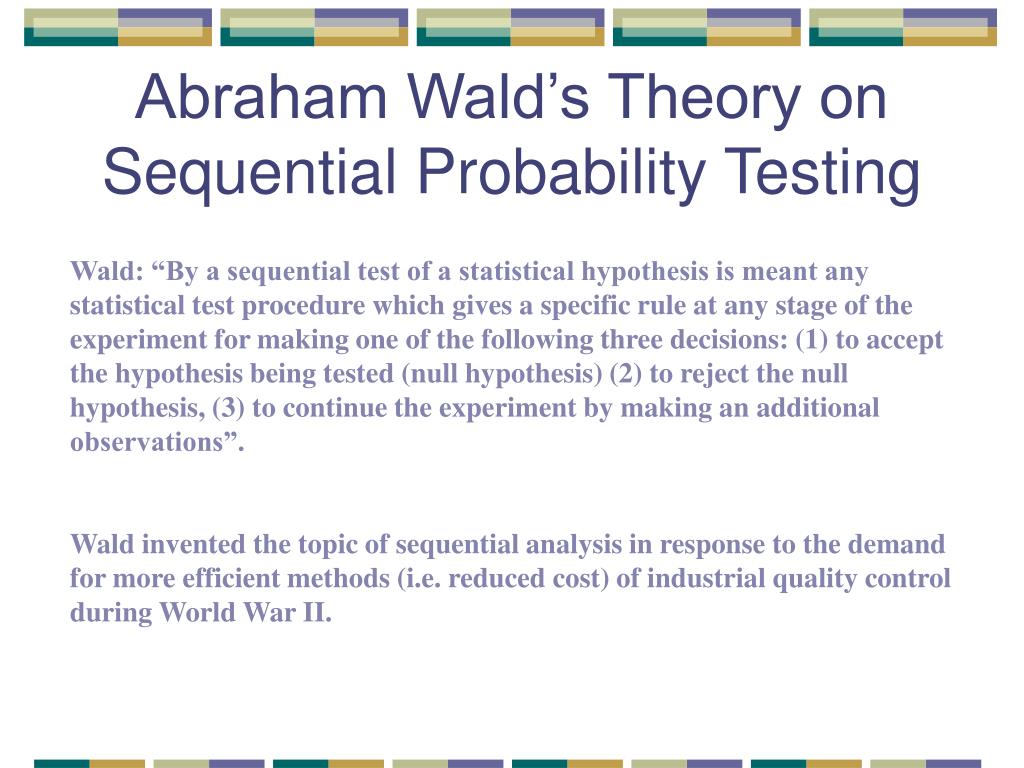

Beginning mammography screening at a younger age and screening more frequently may increase the risk for overdiagnosis and subsequent overtreatment. In addition to false-positive results and unnecessary biopsies, all women undergoing regular screening mammography are at risk for the diagnosis and treatment of noninvasive and invasive breast cancer that would otherwise not have become a threat to their health, or even apparent, during their lifetime (known as "overdiagnosis"). The balance of benefits and harms is likely to improve as women move from their early to late 40s.

While screening mammography in women aged 40 to 49 years may reduce the risk for breast cancer death, the number of deaths averted is smaller than that in older women and the number of false-positive results and unnecessary biopsies is larger. Of all of the age groups, women aged 60 to 69 years are most likely to avoid breast cancer death through mammography screening.

For women who are at average risk for breast cancer, most of the benefit of mammography results from biennial screening during ages 50 to 74 years. Women who place a higher value on the potential benefit than the potential harms may choose to begin biennial screening between the ages of 40 and 49 years. The decision to start screening mammography in women prior to age 50 years should be an individual one. The USPSTF recommends biennial screening mammography for women aged 50 to 74 years.


 0 kommentar(er)
0 kommentar(er)
